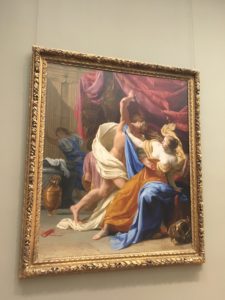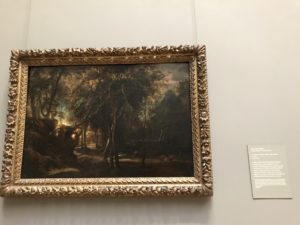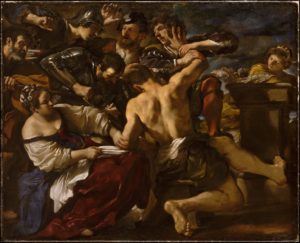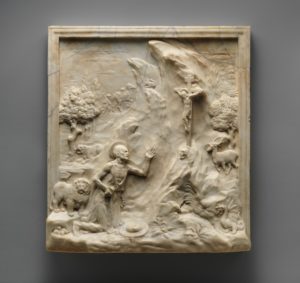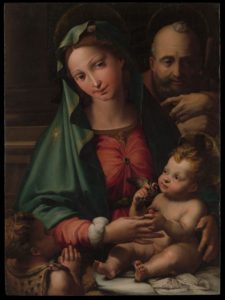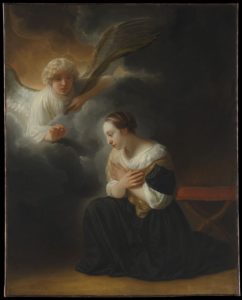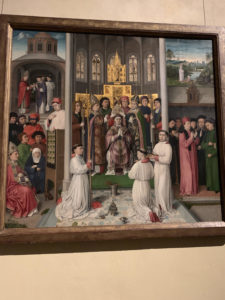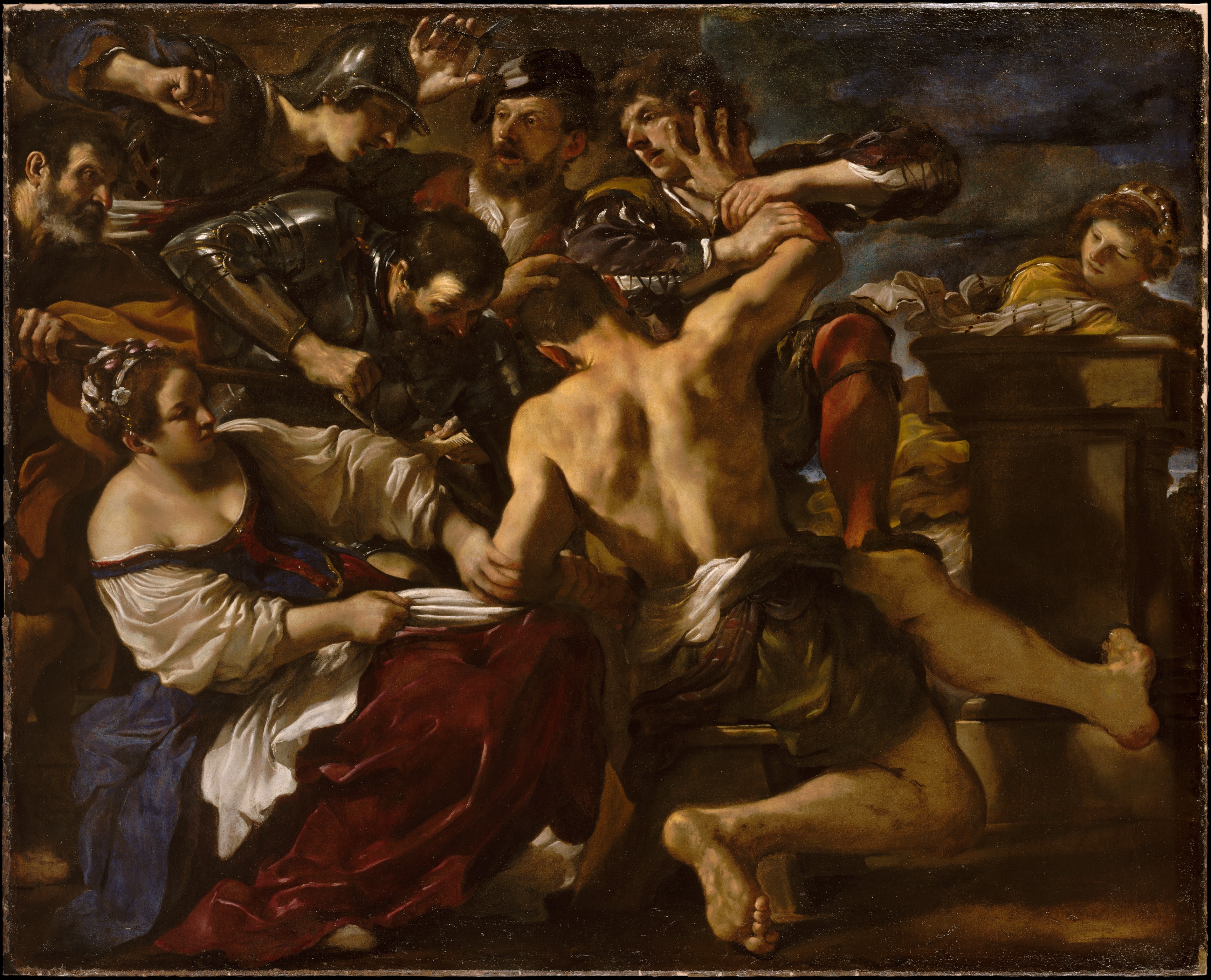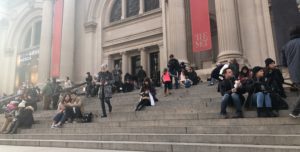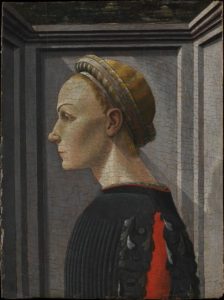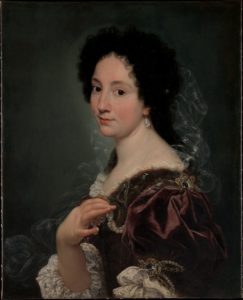My visit to the Met was very pleasing as usual. I went on a Saturday so it was very packed with New Yorkers and tourists alike. This was actually my third time visiting as I had already gone once in high school and once just last semester. It is easy to notice however, that not even three visits are not enough to view the vast amount of works and exhibits available. The themes, styles, and subjects that the artwork and galleries represent are very large. In many works, I noticed elements and styles of the Renaissance and Baroque.
The Renaissance and the artwork attributed to it occurred during the 15th and 16th century. Generally, these types of works include elements such as calmness and serenity, uninterrupted contours, stability, and even lighting. They also tend to be idealized, and idealize whatever subject the art is portraying. One example of Renaissance art at the Met was Venus and Cupid by Lorenzo Lotto. The artwork is a nude painting that portrays the goddess Venus, along with her son, Cupid. The immediate theme given off is that of love, given the fact that it portrays a mother and her son, which shows the bond of love between them. Additionally, the background is compromised by a total red, which is also a color used to represent love. The features of Renaissance artwork is evident in this painting because the contours and hues used remain stable throughout the whole painting. Despite there being darker colors such as blue for the towel, and lighter colors such as white for the color of their skin, both colors appear to have a similar brightness to them. Furthermore, the lighting of the painting creates a feeling of calmness, while the subject itself creates an idealized scene of an idealized woman.
Artwork attributed to the Baroque is primarily introduced in the 17th century. This type of artwork is opposite of the Renaissance, and includes emotion, intensity, and drama. Lighting in these works fluctuates more, the artwork can be described as unstable, and it intends on capturing a moment in time. One example of Baroque art at the Met was Moses Shown the Promised Land by Benjamin West. The first thing I noticed in this painting was the contrasting light. Baroque art is all about energy and the energy given off by differing light and this painting is a perfect example. The top center of the painting shows a bright light opening up in the clouds that is supposed to represent the “promised land,” or Heaven. The right side of the painting is very bright compared to the left side of the painting. On the right, we see an angel who appears to be showing Moses the light from Heaven. Despite the far right consisting of darker colors, the lighting itself is still very bright. On the left side, we see Moses next to a very dark cloud that encompasses the majority of the left side. The colors used here and the lighting are very dark. Lighting is a major key that differentiates Baroque and Renaissance art. While Renaissance art has very smooth and consistent lighting, Baroque art encompasses a wide spectrum of lighting from the darkest darks, to the lightest lights.

